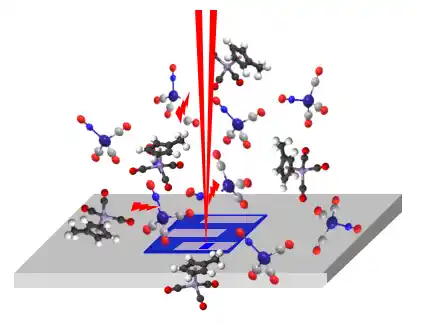افشین رشید
اُستادیار ؛ عضو هیات علمی دانشگاه آزاد اسلامی واحد علوم و تحقیقات تهران
618 یادداشت منتشر شدهNanoscience in The Form of Electronics

In nanoelectronics, the methods of producing carbon nanotubes, namely the three methods of electric arc discharge, laser ablation, and chemical vapor deposition, have been studied and compared. Applications of nanoscience in the field of electronics :
Carbon nanotubes are used in electronics, including the manufacture of nanowires, nanotransistors, energy storage devices called ultracapacitors, the manufacture of screens, nanosensors, solar cells, and more.

Examples of the application of nanotechnology in electronics:
1) Carbon nanotubes
Nanotubes have a tubular form with a hexagonal structure. Nanotubes can be thought of as graphite sheets rolled up. Depending on the axis of rotation of the sheets, nanotubes can be conductive or semiconducting.

Because the triple-bonded carbon still has an empty p orbital, the wave motion of electrons occurs easily on the outer surface of these tubes. This carbon structure, in addition to high conductivity, also has very good mechanical strength. Of course, along with these advantages, there are also problems.
Nanotransistors in micro-nanoelectronics

The name of the current technology in the manufacture of transistors is MOSFET, which is based on the use of silicon. The reduction in the size of transistors in MOSFET has problems, including the various current leakages that occur. One way to solve this problem is to manufacture transistors using nano-hard materials, especially nanotubes.
(Science of Nanocoatings)
Therefore, one of the most important platforms for applying nanotechnology is in the construction and production of new energy converters (such as solar cells and fuel cells), reducing environmental pollutants from gas-fired power plants (using combustion catalysts), and increasing the efficiency of these power plants (using nanocoatings and nanomagnets).